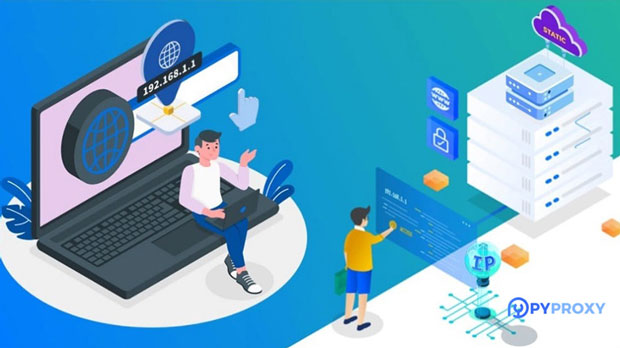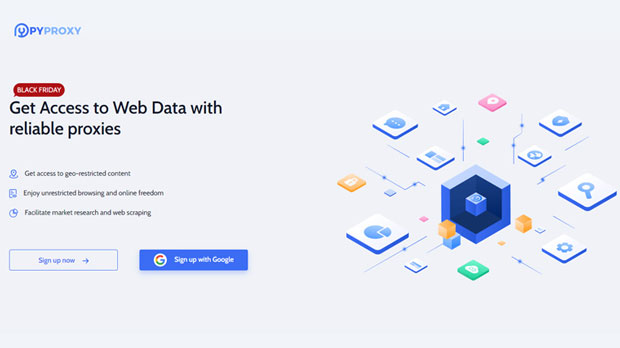Are there any differences in SOCKS5 proxy prices in the US, Europe and Asia?
When considering the purchase of socks5 proxies, customers often wonder if there are price differences based on geographical regions. Specifically, do socks5 proxy prices in the United States differ from those in Europe and Asia? The answer is yes, there are noticeable price variations. These differences are influenced by several factors, including demand, regional market conditions, availability of services, and infrastructure costs. In this article, we will delve into the reasons behind these price discrepancies, providing a detailed analysis of the regional cost variations of SOCKS5 proxies across different continents. Factors Influencing SOCKS5 Proxy PricingBefore we dive into a region-by-region breakdown, it's important to understand the main factors that affect the pricing of SOCKS5 proxies. These include:1. Infrastructure Costs: The cost of maintaining data centers, bandwidth, and network infrastructure significantly impacts the price of SOCKS5 proxies. In regions where technology infrastructure is more expensive, the cost of proxies tends to be higher.2. Demand and Supply: The level of demand for proxies can vary by region. For instance, if more individuals and businesses in a region require proxies for specific tasks (e.g., web scraping, bypassing geo-restrictions, or maintaining anonymity), this can drive up the price.3. Regional Regulations: Different regions have varying internet regulations and restrictions. Proxies are often used to circumvent censorship or geographical limitations, which can make them more expensive in regions with strict internet controls.4. Market Maturity: Some regions have more established proxy markets, while others may be in their early stages of development. The maturity of the market can influence the availability of competitive pricing.Price Trends in the United StatesThe United States is home to some of the most developed internet infrastructure in the world, which means that SOCKS5 proxies are widely available. Prices for SOCKS5 proxies in the U.S. can vary greatly depending on the provider and the type of proxy (shared vs. private).In general, the U.S. market tends to have a more competitive pricing structure due to the high demand and availability of services. Proxies here are often priced based on their speed, reliability, and the quality of IP addresses provided. Since the U.S. is a tech hub with many data centers, the cost of running a proxy service tends to be lower in comparison to other regions with less-developed infrastructure.However, U.S. customers may still encounter variations in prices due to:- Data Center Location: Proxies located in specific cities (like New York or Los Angeles) may have higher prices due to the concentration of businesses and infrastructure in these areas.- Service Types: Dedicated and private proxies are generally more expensive than shared ones, as the former offers more control and security.On average, U.S. customers can expect to pay anywhere from $1 to $5 per month for shared SOCKS5 proxies, while private ones could cost $10 or more, depending on the provider.Price Trends in EuropeEurope's SOCKS5 proxy pricing follows a similar pattern but often comes with higher costs when compared to the U.S. This is primarily due to the higher operational costs in Europe, especially in countries with stricter data protection laws, such as the General Data Protection Regulation (GDPR).There are several factors that make European proxies more expensive:1. Regulatory Environment: GDPR compliance increases operational costs for businesses operating in the EU. This can lead to higher prices for SOCKS5 proxies provided by European-based companies, as they need to ensure that their proxy services adhere to local privacy laws.2. Limited Availability: While there is a growing demand for proxies in Europe, the supply is still not as abundant as in the U.S. This limited availability can drive up the cost.3. Data Center Costs: The cost of hosting servers in European countries can also be higher than in the U.S., especially in countries like Switzerland, the UK, or Germany. These countries have some of the most robust internet infrastructure, but the price to operate in these regions can be steep.On average, European SOCKS5 proxies can range from $2 to $6 for shared proxies, and for dedicated proxies, customers might pay anywhere between $12 to $15 or more.Price Trends in AsiaAsia presents a unique pricing structure for SOCKS5 proxies due to the vast differences in infrastructure, demand, and regulations across the region. In highly developed countries like Japan, South Korea, and Singapore, proxy prices are somewhat comparable to those in the U.S. However, in emerging markets like India, Indonesia, and the Philippines, prices can be much lower.Factors affecting the price in Asia include:1. Economic Disparities: In developed countries, like Japan and South Korea, the cost of running data centers and maintaining proxy services is high, which can lead to prices comparable to or higher than those in Europe. In contrast, emerging markets have cheaper operational costs, resulting in lower prices for proxies.2. Demand for Privacy: Countries like China, where internet censorship is prevalent, have a high demand for proxies. The price of proxies in these regions is often inflated due to high demand, scarcity, and the need for robust anonymity.3. Availability of Services: In more developed regions such as Japan and Singapore, there is a wider availability of high-quality SOCKS5 proxies, resulting in more competitive pricing. In contrast, some parts of Southeast Asia may have fewer providers, leading to limited options and higher prices.On average, customers in Asia can expect to pay anywhere from $1 to $4 for shared SOCKS5 proxies, with prices for dedicated proxies ranging between $8 to $12, depending on the country and region.Summary of Price Differences by RegionTo summarize the price differences across the U.S., Europe, and Asia:- United States: Proxies in the U.S. are generally affordable, with shared SOCKS5 proxies ranging from $1 to $5 per month. Private proxies can cost more, typically ranging from $10 and upwards.- Europe: European proxies tend to be slightly more expensive due to regulatory factors and higher operational costs, with shared proxies costing between $2 and $6, and private proxies ranging from $12 to $15.- Asia: Asia offers a diverse pricing landscape, with countries like Japan and Singapore having prices similar to the U.S. On average, shared proxies cost between $1 and $4, while dedicated proxies can range from $8 to $12.In conclusion, while the prices of SOCKS5 proxies do vary across regions, the primary determinants are infrastructure costs, demand, and local regulations. Customers should choose providers based on not only price but also the quality of service, the level of anonymity required, and the specific use case for the proxies.
2025-01-09

























































